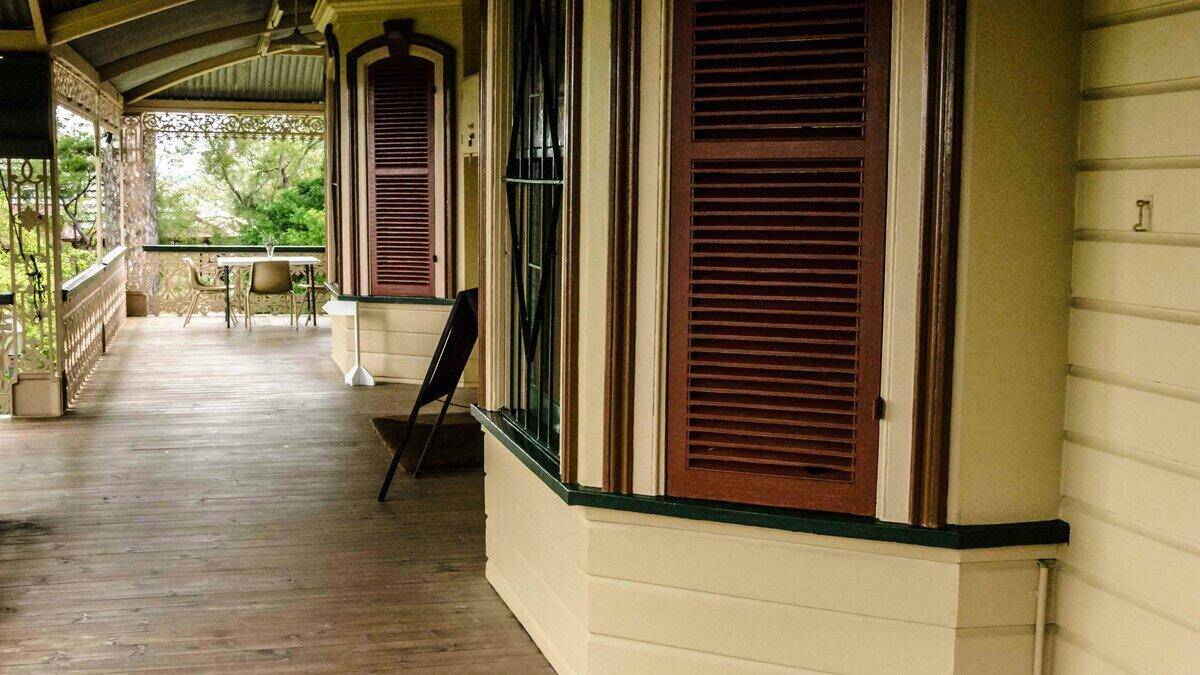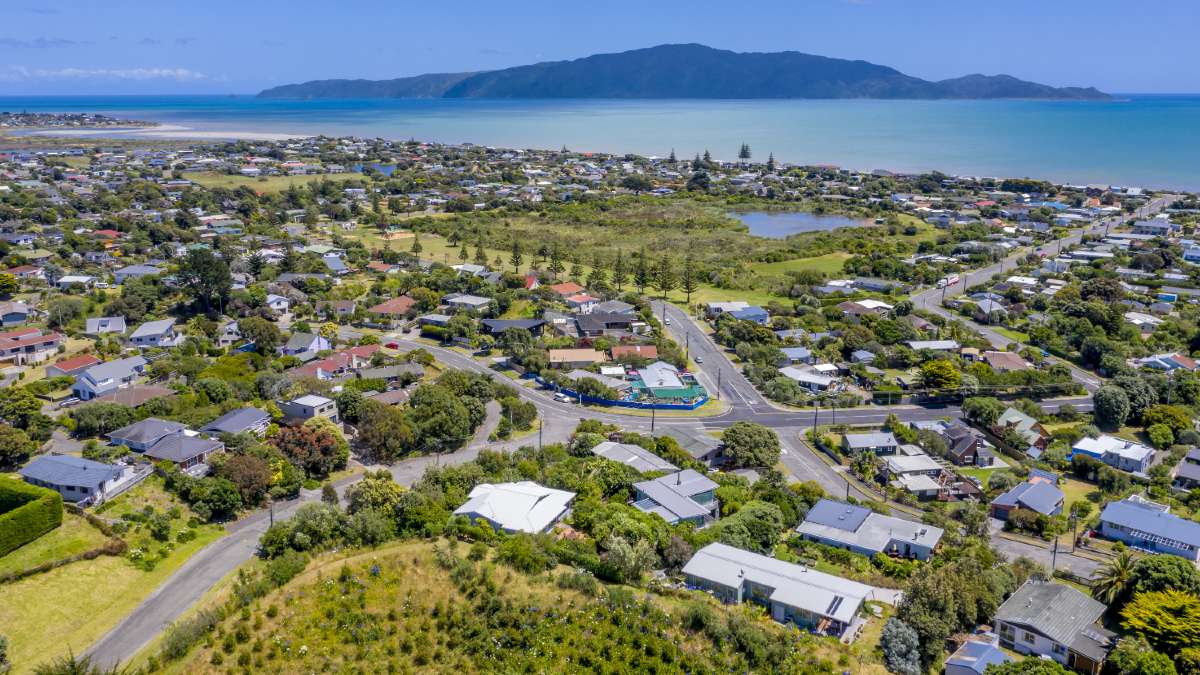Data released by Domain’s quarterly rent report revealed house and unit rents over all capital cities have recorded their longest continuous stretch of rental price growth.
While unit rents have risen for their fourth consecutive quarter, house rents have risen for the fifth.
Over the quarter, combined capital city house rents increased by 3%, and 12% annually, while unit rents increased by 3.4% quarterly, and 12.2% annually.
Across the combined capitals, house rental prices sit at $515 whilst unit rental prices sit at $460.
Dr Nicola Powell, Domain chief of economics and research, said there are a number of influencing factors that have contributed to rising rents across the country.
“The numbers that we’re seeing are a result of a combination of high purchasing prices locking people into the rental market longer, increased home loan costs being passed onto tenants, weaker investment activity throughout 2019-20, fewer building completions, greater household formation, and rental demand being boosted by the return of international students and overseas migration,” Dr Powell said.
Brisbane recorded its eighth consecutive quarter of rising house rents with rental prices now $75 a week more expensive than they were a year ago.
Melbourne is the most affordable capital city in which to rent a house as rental prices rose 2.2% in the quarter.
House weekly asking rent
| Capital City | Jun-22 | Mar-22 | Jun-21 | QoQ | YoY |
| Sydney | $620 | $600 | $550 | 3.3% | 12.7% |
| Melbourne | $460 | $450 | $430 | 2.2% | 7.0% |
| Brisbane | $520 | $500 | $445 | 4.0% | 16.9% |
| Adelaide | $480 | $460 | $430 | 4.4% | 11.6% |
| Perth | $496 | $480 | $450 | 3.1% | 10.0% |
| Canberra | $690 | $680 | $620 | 1.5% | 11.3% |
| Darwin | $600 | $600 | $580 | 0.0% | 3.5% |
| Hobart | $540 | $525 | $500 | 2.9% | 8.0% |
| Combined capitals | $515 | $500 | $460 | 3.0% | 12.0% |
| Combined regionals | $480 | $465 | $425 | 3.2% | 12.9% |
Source: Domain
In terms of unit rental prices, the sunshine state had the highest increase in annual change with 12.5%, followed closely by Sydney with 11.7% and Hobart with 11.1%.
Despite rental prices expected to edge a little higher in the coming months, Domain reports the pace of quarterly growth has eased providing some relief for tenants.
Unit weekly asking rent
| Capital City | Jun-22 | Mar-22 | Jun-21 | QoQ | YoY |
| Sydney | $525 | $500 | $470 | 5.0% | 11.7% |
| Melbourne | $410 | $390 | $370 | 5.1% | 10.8% |
| Brisbane | $450 | $430 | $400 | 4.7% | 12.5% |
| Adelaide | $380 | $370 | $350 | 2.7% | 8.6% |
| Perth | $400 | $400 | $380 | 0.0% | 5.3% |
| Canberra | $550 | $540 | $500 | 1.9% | 10.0% |
| Darwin | $480 | $490 | $443 | -2.0% | 8.5% |
| Hobart | $450 | $450 | $405 | 0.0% | 11.1% |
| Combined capitals | $460 | $445 | $410 | 3.4% | 12.2% |
| Combined regionals | $400 | $390 | $350 | 2.6% | 14.3% |
Source: Domain
The national vacancy rate has also stabilised at 1% for the fourth month in a row, yet this is still a 16-year low.
“While it is still a very competitive market, increased investment activity has helped to ease some pressure on tenants with national vacancy rates holding for the fourth month and the choice of rentals nudging higher over June,” Dr Powell said.
“This, together with new first home buyer government incentives such as ‘Help to Buy’, has the potential to assist the transition of more tenants becoming homeowners.
“This will ease some of the demand pressures that the rental market is currently facing.”
According to CoreLogic’s quarterly rental review for quarter-two 2022, Australia’s rental market continues to tighten as low supply levels cause rents to rise across all capital cities.
The report showed capital city dwelling rents are 9.1% higher while regional areas are up 10.8% compared to June 2021.
“This sustained period of strong rental growth has seen national dwellings record the highest annual growth in rental values since December 2008, when rental demand was supported by record levels of international migration,” said Kaytlin Ezzy, CoreLogic research analyst.
Image by Catarina Sousa via Pexels

Ready, Set, Buy!
Learn everything you need to know about buying property – from choosing the right property and home loan, to the purchasing process, tips to save money and more!
With bonus Q&A sheet and Crossword!



 Harry O'Sullivan
Harry O'Sullivan
 Denise Raward
Denise Raward

 William Jolly
William Jolly
 Emma Duffy
Emma Duffy

